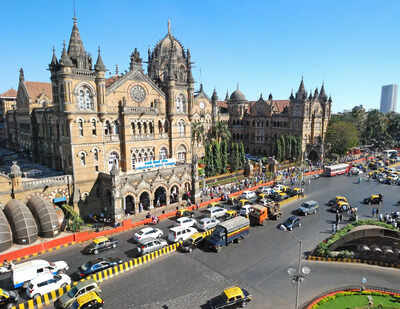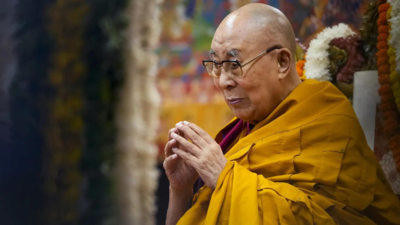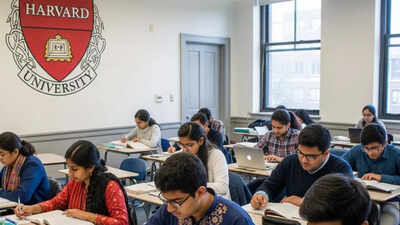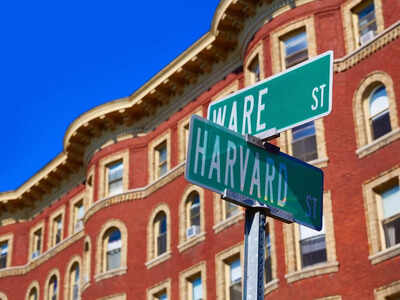Before Mumbai University, this college laid the foundation for the city’s modern education

In the heart of South Mumbai, tucked between colonial facades and modern chaos, stands a college that predates most of the city’s iconic institutions. Elphinstone College, officially established in 1856, is more than just an academic institution—it is the seed from which Mumbai’s entire higher education system grew.The story, however, began much earlier.
From a governor’s vision to educational awakening
In 1824, the Bombay Native Education Society—a progressive force for its time—opened an English school for Indian students. Just three years later, the idea of “Elphinstone College” took shape, named in honour of Mountstuart Elphinstone, then the outgoing Governor of Bombay Presidency. Elphinstone’s tenure had marked a shift in colonial priorities—from administrative consolidation to educational reform—and this college was its most enduring legacy.By 1835, classes began formally at Town Hall, led by just two professors: Arthur Bedford Orlebar in natural philosophy and John Harkness in classical literature. The foundations were modest, but the ambition was sweeping—to train Indians in English, European sciences, and liberal thought.By 1856, the institution stood on its own as Elphinstone College. Four years later, it was affiliated with the newly-formed University of Mumbai.
A launchpad for India’s legal, political and industrial futures
Few institutions in India can claim the intellectual lineage that Elphinstone can. It not only nurtured B. R. Ambedkar, Bal Gangadhar Tilak, and Jamsetji Tata, but also hosted Dadabhai Naoroji—a pioneer of Indian political economy—as a faculty member. Alumni walked out of its classrooms and into courtrooms, legislatures, and industries that would redefine the subcontinent.The college also played a formative role in shaping legal education in India. In 1855, it launched the Perry Professorship of Jurisprudence, the precursor to the Government Law College, now the oldest law school in Asia. That was just one of several institutions that trace their roots back to Elphinstone’s corridors.In 1857, the same year as the First War of Independence, the Sir J. J. School of Art began its journey from Elphinstone’s classrooms. In 1948, Jai Hind College started its first academic session in the college’s Fort campus before moving to its own premises.
Architecture that mirrors academic grandeur
In 1871, Elphinstone got its first dedicated building in Byculla, a structure designed by James Trubshawe and constructed by John Adams. It stood across the Jijamata Udyaan and later served as a hospital. The current Gothic Revival building in Fort, near Jehangir Art Gallery, still houses the college—a heritage site and a functioning academic campus rolled into one.
The quiet power of legacy
After over 150 years of affiliation with the University of Mumbai, Elphinstone College turned a new page in 2019. It became one of the constituent colleges of Dr. Homi Bhabha State University, a state cluster university aimed at improving academic integration and autonomy.Today, it continues to offer undergraduate programs in arts, science, and commerce, but its influence goes far beyond curriculum.The story of Elphinstone College is not just about an institution—it’s about the idea that education can shape a city, a generation, and a country. From its early days as a single-room classroom in the Town Hall to becoming a crucible of India’s political, industrial, and intellectual elite, Elphinstone has remained a constant in a city that’s always in flux.





